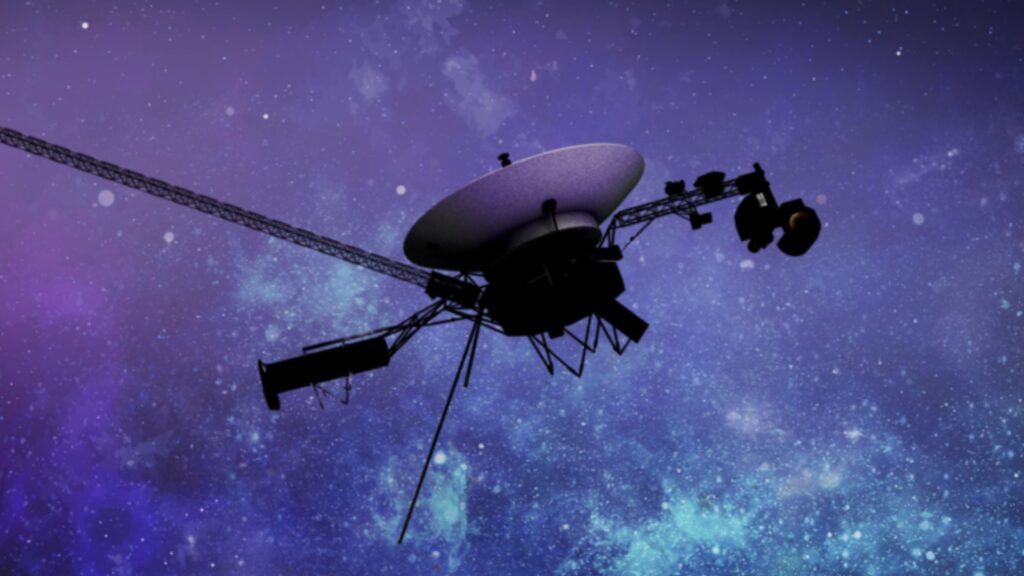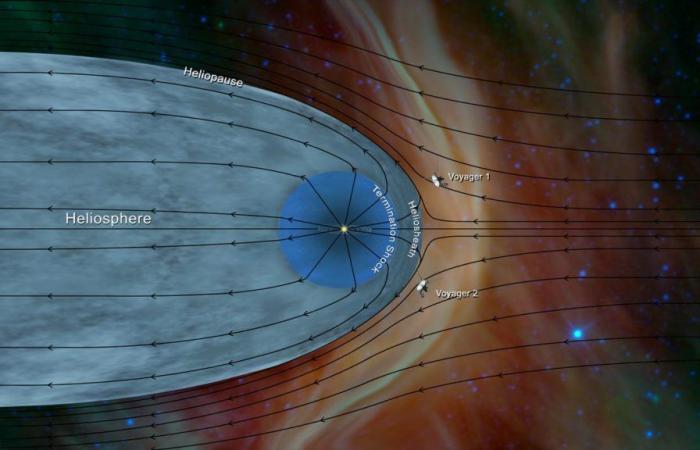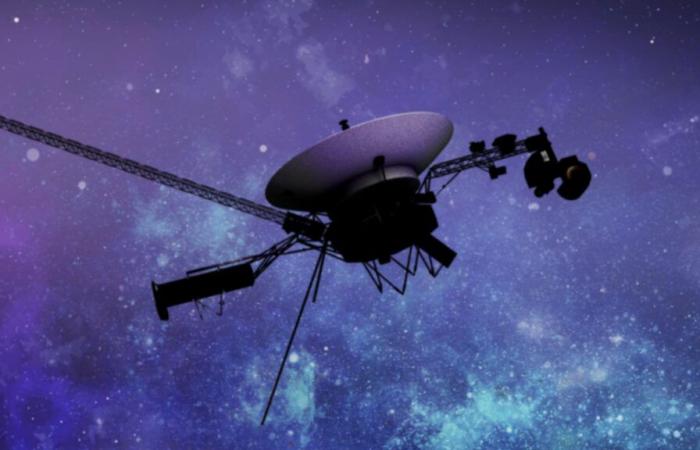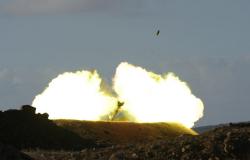The American space agency has decided to cut off another scientific instrument installed on the Voyager 2 probe, in order to further preserve its energy reserves. The tool, dedicated to plasma, is no longer so essential today.
It’s heartbreaking for science, but a necessity to ensure the survival of Voyager 2. In a blog post published on October 1, the American space agency (Nasa) revealed its decision to cut for good a new scientific instrument installed on the space probe. The shutdown was ordered on September 26, 2024.
The deactivated instrument is a plasma detector (PLS — Plasma Detector (PLasma Spectrometer). According to NASA, this cut-off is done somewhat without regret: “ it has collected little data in recent years due to its orientation relative to the direction in which plasma flows in interstellar space. »
This decision was taken to preserve Voyager 2’s energy reserves as much as possible, and allow it to last a little longer, so as to be able to continue its exploration of the interstellar medium. In fact, since the end of 2018, the satellite has left the Sun’s zone of influence, where the solar wind stops (the heliopause).
Voyager 2 is currently the second most distant human-made object from Earth. The probe, which left the blue planet just over 47 years ago, is now at a distance of around 20.5 billion kilometers. It is surpassed only by Voyager 1, which has already traveled 24 billion kilometers.
Currently, only four instruments remain active on Voyager 2:
- CRS: a cosmic ray analysis tool;
- LECP: an instrument dedicated to low energy particles;
- MAG: a magnetometer;
- PWS: a plasma wave receiver.
With the deactivation of PLS, the number of tools turned off on Voyager 2 rises to six. The other five were disconnected in 1989, 1991, 1998, 2007 and 2008. All were disconnected to decrease power consumption, except one, which was taken offline due to performance issues. Voyager 1 is in exactly the same situation: it has the same four instruments still active.
Exceptional explorers of the interstellar medium
Voyager 1 and Voyager 2 are exceptional scouts, operating in an environment never before explored by humanity. It is therefore not surprising that NASA is carefully observing their state of health, exactly as one would monitor milk on the stove. It would not be a question of an action causing undesirable effects.
« The team confirmed that the extinguishing command was executed without incident and that the probe is operating normally », Said NASA. This was not always the case. In the past, the agency has had problems with both probes. Even recently, she had lost contact with Voyager 2 and the connection with Voyager 1 had had problems.


« The Voyager team continues to monitor the probe’s health and available resources to make technical decisions that maximize the mission’s scientific outcomes. », Confirms the agency. She believes that its parsimonious management could lead Voyager 2 to operate beyond 2030, with at least one active instrument.
Both probes are powered by decaying plutonium and lose about 4 watts of energy per year. Another challenge for NASA: each communication between Earth and one of the two probes takes an enormous amount of time, despite the speed of light. It takes 19 hours to reach Voyager 2 and another 19 hours for its response.


See the world from space









